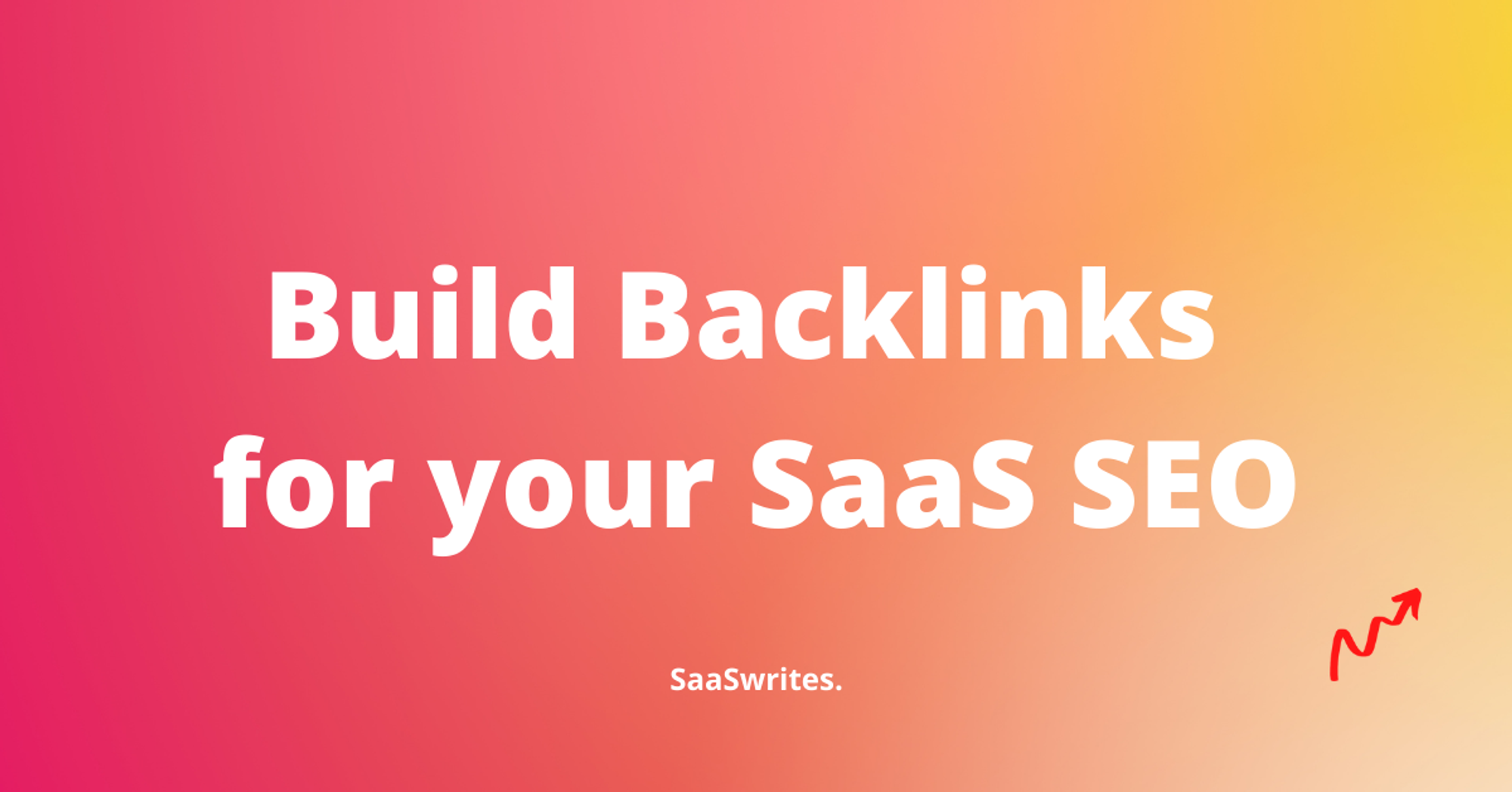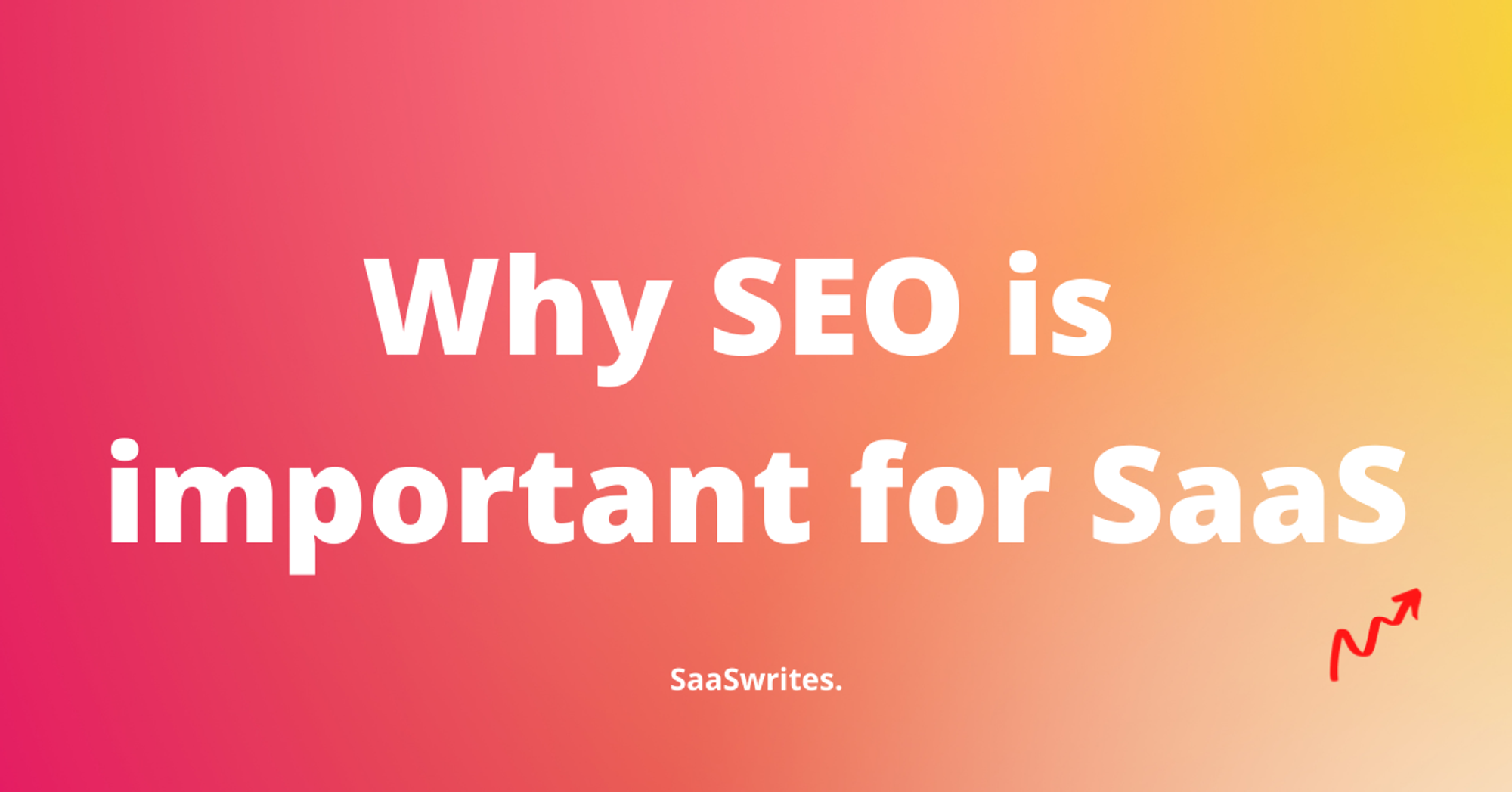.png?table=block&id=c99d9b71-ee15-4992-af21-b8ab5609b352&cache=v2) Qayyum Rajan
Qayyum RajanQayyum (”Q”) is a serial builder with more than 5 startups to his name with 3 exits. He specializes in shipping products fast, and early with an focus on driving traffic across the marketing funnels
Table of Contents
- Your initial keyword research strategy for a SaaS SEO should be to focus on below the Bottom of the Funnel (BOFU) content.
- Step 1: Start below the BOFU
- Step 2: Add Rich Media to your BOFU Posts and interlink
- Step 3: Build and develop your topical relevance
- Understanding keyword search intent for your SaaS SEO
- 1. SaaS Information intent
- 2. Navigational intent
- 3. Transactional intent
- 4. Comparison and investigation
- How to do keyword research for your new SaaS SEO?
- 1. Start keyword research for SaaS SEO with Google autocomplete
- 2. Check SERP (Search Engine Results Page) for your SaaS SEO
- 3. Validate demand for your SaaS SEO
- 4. Check Topic volume for your SaaS SEO
- 9 ways to find high ranking keywords for your SaaS SEO using Ahrefs
- 1. Simple hack to find permutations around core topics for SaaS SEO
- 2. Forums usually have thin content that's easy to overtake without links for SaaS SEO
- 3. Do this when you are early in your SaaS SEO journey
- 4. Rank old SaaS SEO content in under a day through a content update
- 5. Find topics for your blog
- 6. Competitive Keyword research is all about finding keywords your competitors rank for:
- 7. 10x your search traffic for your pages on the first page of the SERPs
- 8. Systemize a process to rank for featured snippets with your first-page content and rank under a week
- 9. Spot underserved niches
- Case Study: Alex shares how to find thousands of low competition Keywords in 30 seconds to grow a website to 125k monthly visitors
- How to Find Thousands of Low Competition Keywords using @Ahrefs
- How to Find Thousands of Low Competition Keywords using @Semrush
- Conclusion: Having a well-defined strategy and roadmap to build your keyword research for SaaS SEO will help you bring consistent results

Your initial keyword research strategy for a SaaS SEO should be to focus on below the Bottom of the Funnel (BOFU) content.
.png)
Step 1: Start below the BOFU
- Write user guides for all your smallest SaaS features
- Optimize them for SEO by adding a benefit to the title.
- Let's Google know your unique product for the target market (bloggers in this case)
- Creates help guides for your existing customers
Step 2: Add Rich Media to your BOFU Posts and interlink
- YouTube video
- maybe a podcast
- Add some infographs and screenshots
Step 3: Build and develop your topical relevance
- Comparing your features
- Add why your benefits matter more
Understanding keyword search intent for your SaaS SEO
.png)
1. SaaS Information intent
Volume | Competition | Effort | Impact |
High | High | High | High |
2. Navigational intent
Volume | Competition | Effort | Impact |
Low | Low | Low | Moderate |
3. Transactional intent
Volume | Competition | Effort | Impact |
Moderate | High | High | Moderate |
4. Comparison and investigation
Volume | Competition | Effort | Impact |
Low | Low | Moderate | High |
How to do keyword research for your new SaaS SEO?
1. Start keyword research for SaaS SEO with Google autocomplete
- Can fish *
- Do fish * etc.




2. Check SERP (Search Engine Results Page) for your SaaS SEO
- Low DA (Domain Authority)websites (DA < 10)
- Discussion forums
- Quora/Reddit posts
- Pinterest/Facebook posts
- Low-quality ranking articles


3. Validate demand for your SaaS SEO
4. Check Topic volume for your SaaS SEO


- has very low competition in SERP (mostly UGC and low DA sites)
- has a lot of variations that can add up to a high volume
- has low-quality articles ranking
9 ways to find high ranking keywords for your SaaS SEO using Ahrefs
1. Simple hack to find permutations around core topics for SaaS SEO
- Go to Keywords explorer
- While on the empty editor, click Enter
- Filter by core keywords and other stuff
- Shave off hours of keyword research by doing this.
- Funnily enough, it's a feature many users & SEO's don't even know about.

2. Forums usually have thin content that's easy to overtake without links for SaaS SEO
- Go through Quora's and Reddit's keywords in the top 10 results
- Enter URL in Site Explorer
- Click Organic keywords
- Filter to positions 1-10 by relevant keywords.

3. Do this when you are early in your SaaS SEO journey

4. Rank old SaaS SEO content in under a day through a content update
- Identify pages where you rank on the 2nd page for high volume queries.
- Add 500-1000 new words.
- Enter your URL in Site Explorer
- Click Organic keywords
- Filter by position 11-20 and volume by >200.

5. Find topics for your blog
- Do step 1
- Filter by core keyword
- SERP features include featured snippets.
- Most featured snippets are paragraphs that you can target to get search traffic.

6. Competitive Keyword research is all about finding keywords your competitors rank for:
- Enter URL
- Click Competing Domains
- Click Content gap
- Enter top 10 competitors
- Use Filter tool. This is extremely useful for basic keyword research.

7. 10x your search traffic for your pages on the first page of the SERPs
- Enter URL
- Click Organic Keywords
- Filter pos. 2-10
- SERP Features “Where target doesn’t rank” & tick “All Features” > Vol > Optimize content for elements

8. Systemize a process to rank for featured snippets with your first-page content and rank under a week
- Enter URL
- Click Organic keywords
- Click SERP Features “Where target doesn’t rank” & Select “featured snippets”
- Optimize.

9. Spot underserved niches
- Enter keywords in keyword explorer
- Click Matching terms
- Include: best, review, alternative
- Filter <15KD
- Sort by volume

Case Study: Alex shares how to find thousands of low competition Keywords in 30 seconds to grow a website to 125k monthly visitors
How to Find Thousands of Low Competition Keywords using @Ahrefs

How to Find Thousands of Low Competition Keywords using @Semrush


Conclusion: Having a well-defined strategy and roadmap to build your keyword research for SaaS SEO will help you bring consistent results
- Start writing your blogs with keywords that are below the BOFU. Cover all your SaaS features with well-detailed user guides, screenshots, and rich media content. Have them written with a specific benefit to your target audience. You might create some unique keywords and that’s ok.
- Next, understand the keyword intent that your target audience will search your solution for. Having a buyer intent will result in you competing less with high search volume and having a more transactional-focused approach. This will help you build sales and good domain authority.
- Consider to leverage some keyword research tools that help you find keywords that are relevant for your SEO journey. Filter your results with Keyword Density (KD), Domain Authority (DA) and apply search results based on keywords that you can serve well with your content
Written by
.png?table=block&id=c99d9b71-ee15-4992-af21-b8ab5609b352&cache=v2)
Qayyum (”Q”) is a serial builder with more than 5 startups to his name with 3 exits. He specializes in shipping products fast, and early with an focus on driving traffic across the marketing funnels






.png?table=block&id=6a82d21d-7ff4-4f80-ada1-3c5892817b99&cache=v2)

